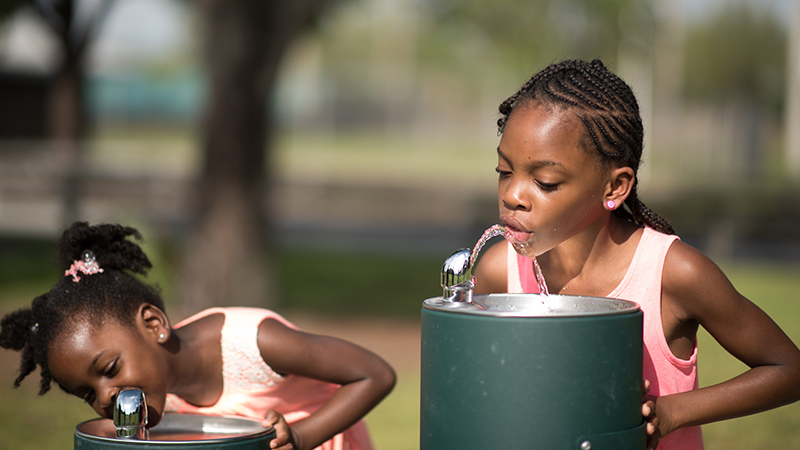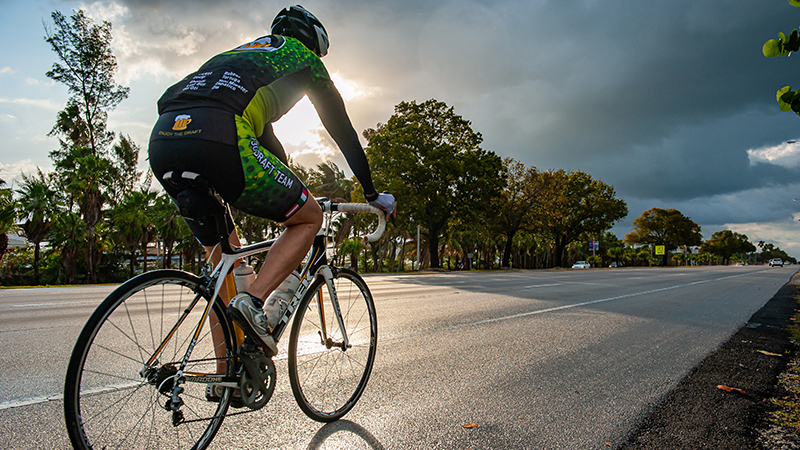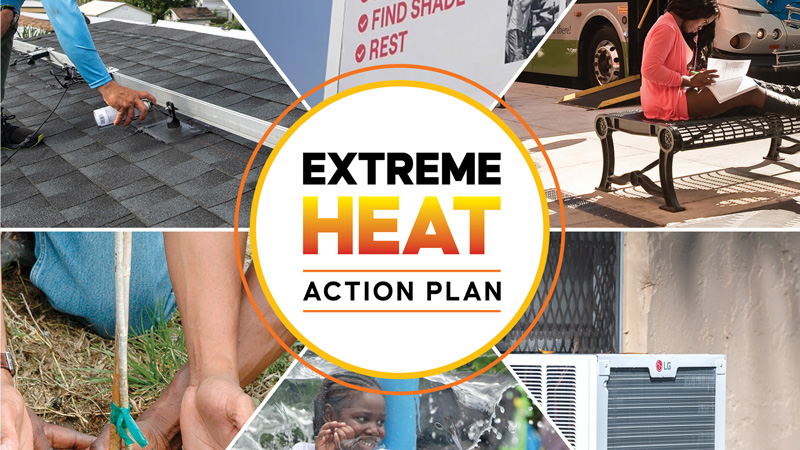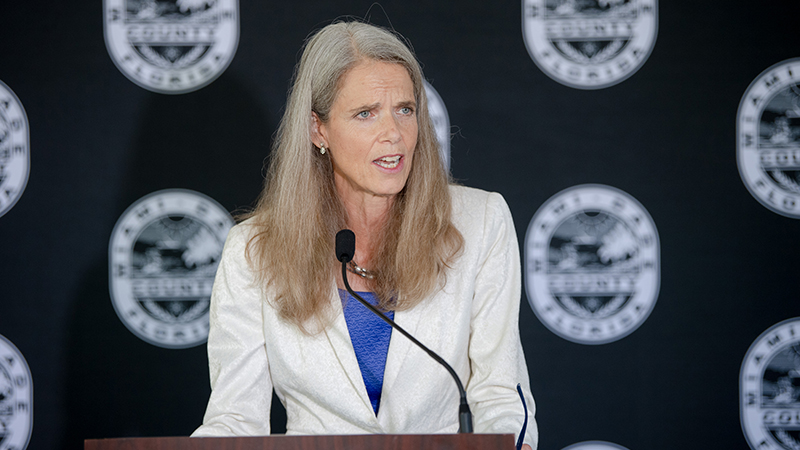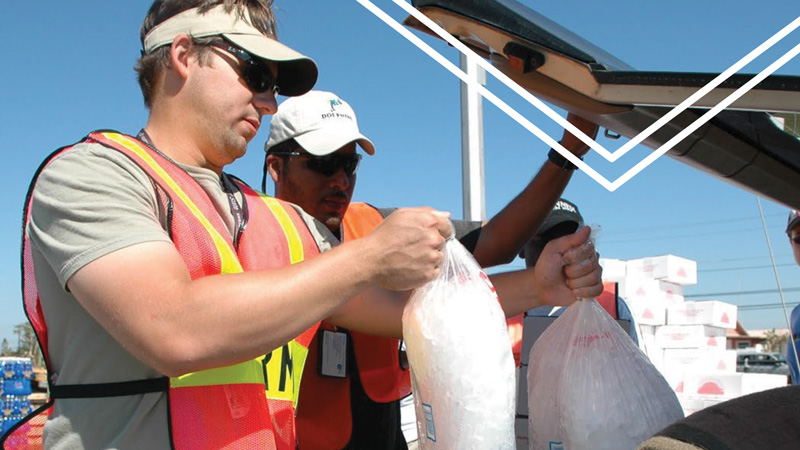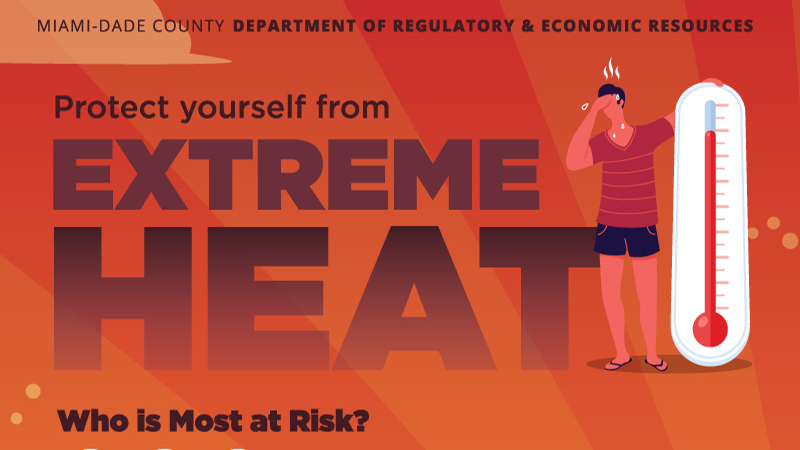Extreme Heat
There is heat, and then there is extreme heat! Extreme heat is a period of high heat and humidity with temperatures above 90 degrees for at least two to three days. In extreme heat, your body works extra hard to maintain a normal temperature, which can lead to illness or even death. Extreme heat is responsible for the highest number of annual deaths among all weather-related hazards.
In Miami-Dade County, extreme heat is on the rise due to climate change and urban development patterns. However, with public education, policies and partnerships, heat related illnesses and deaths can be prevented.
Explore Extreme Heat in 2023 for insights on what we experienced last year, how we responded, and what we're looking forward to this year.
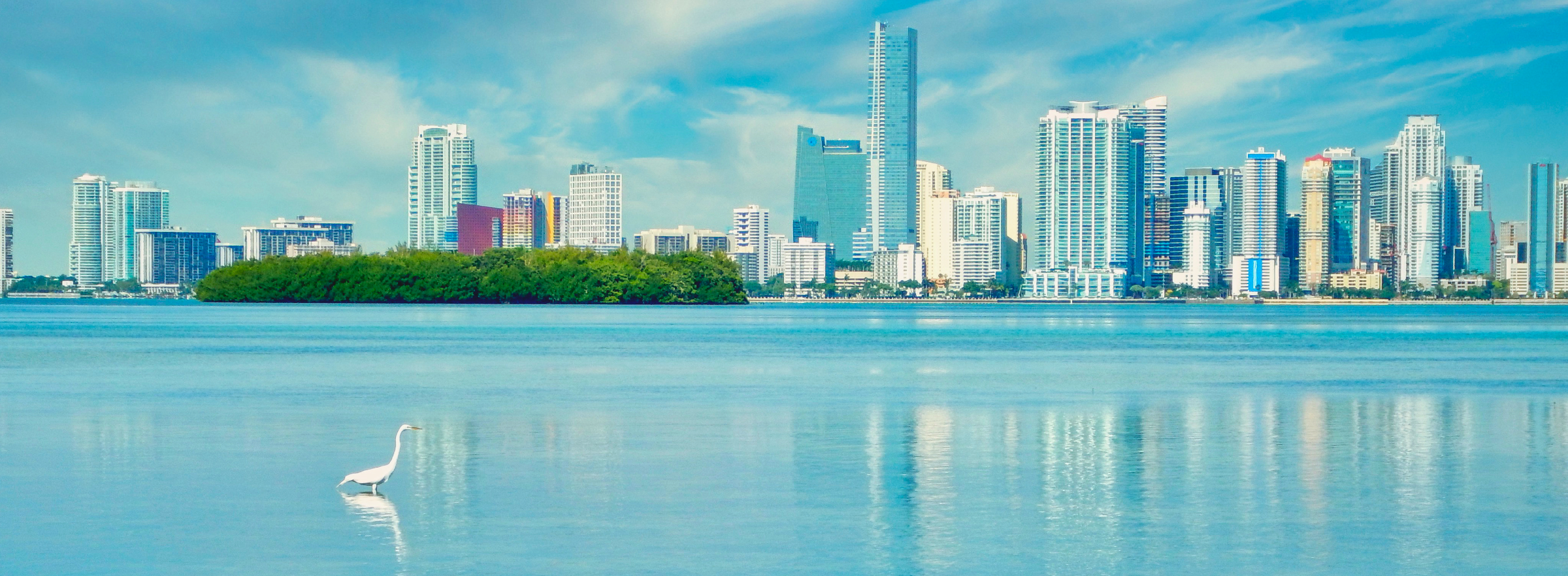
Extreme Heat
Jane Gilbert
Stephen P. Clark Center
111 NW 1st Street,
12th Floor
Miami, FL 33128
305-375-5593 | [email protected]


